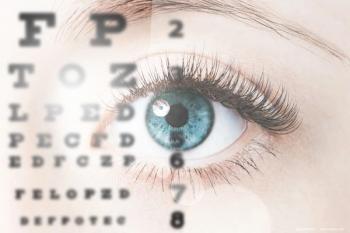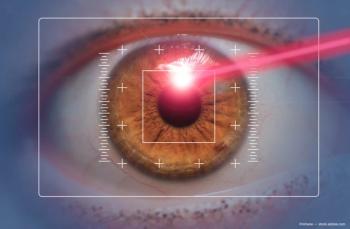
Ophthalmic surgeries enhanced with innovative TV technologies
Two leading-edge technologies developed by the Japan Broadcasting Co. can help ophthalmic surgeons perform procedures more easily, replacing the traditional ophthalmic microscope, explained Kensaku Miyake, MD, who delivered the Charles D. Kelman Innovator's Lecture during the American Society of Cataract and Refractive Surgery annual meeting.
Two leading-edge technologies developed by the Japan Broadcasting Co. can help ophthalmic surgeons perform procedures more easily, replacing the traditional ophthalmic microscope, explained Kensaku Miyake, MD, who delivered the Charles D. Kelman Innovator's Lecture during the American Society of Cataract and Refractive Surgery annual meeting.
Dr. Miyake, director of the Shohzankai Medical Foundation of the Miyake Eye Hospital, and visiting professor of ophthalmology at the Fujita Health University, Toyoake, Japan, showed the application of a highly sensitive camera (Super-HARP camera) and a three-dimensional high-definition television system for aiding surgeons during cataract and vitrectomy procedures.
The combination of these technologies helps surgeons in a low-illumination operating setting and offers 3-D images in real time. He presented the results of actual human trials.
The technology also can be useful in a classroom setting, for team surgery, and for telesurgery, Dr. Miyake said.
"The new TV system is suited for ophthalmology and other surgical settings because of its high-image quality with high-definition depth and volume," he said. "Also, transmission of compressed images of high quality is now possible at high speed, helping with telemedicine."
Newsletter
Don’t miss out—get Ophthalmology Times updates on the latest clinical advancements and expert interviews, straight to your inbox.















































.png)


